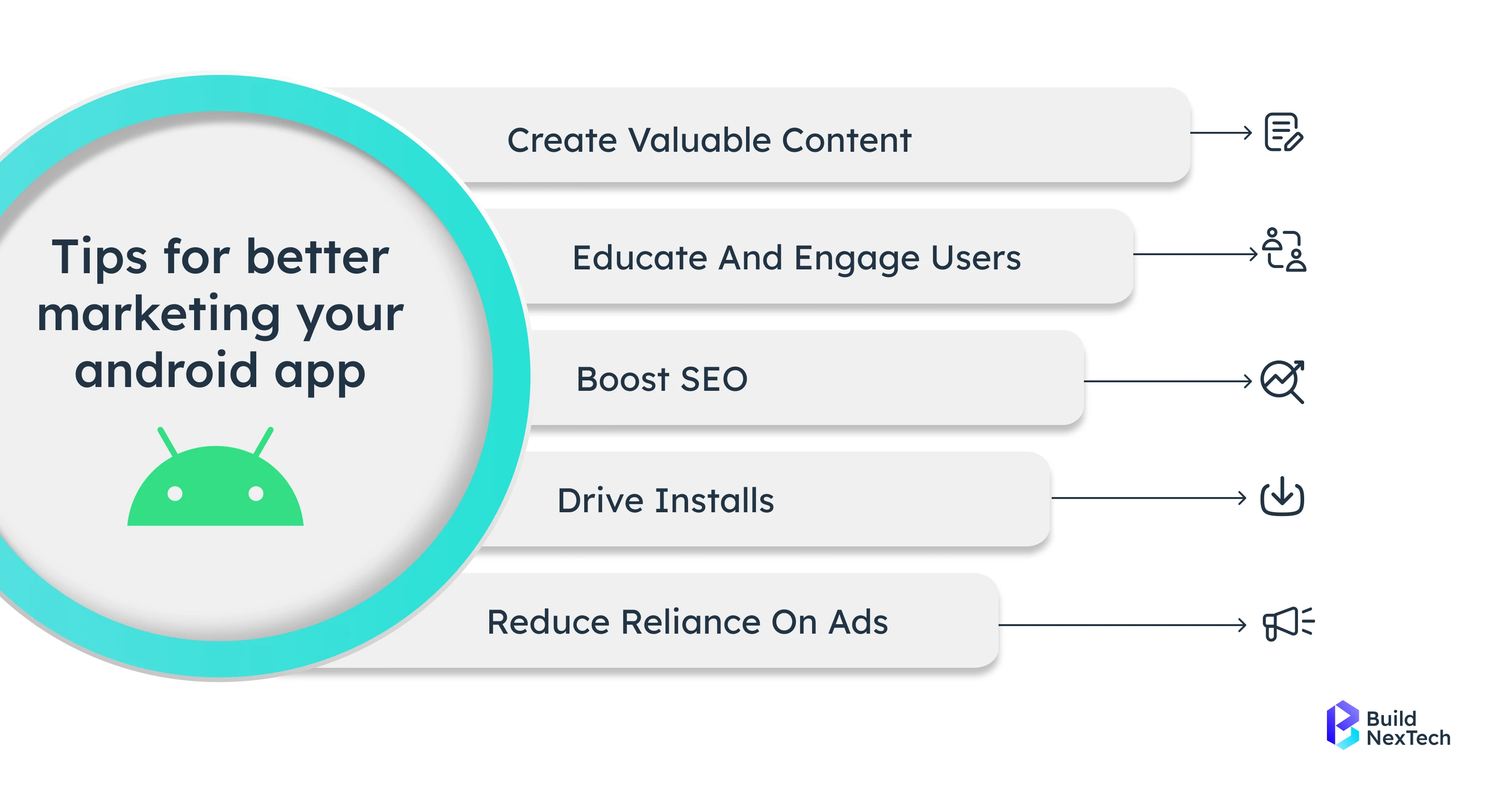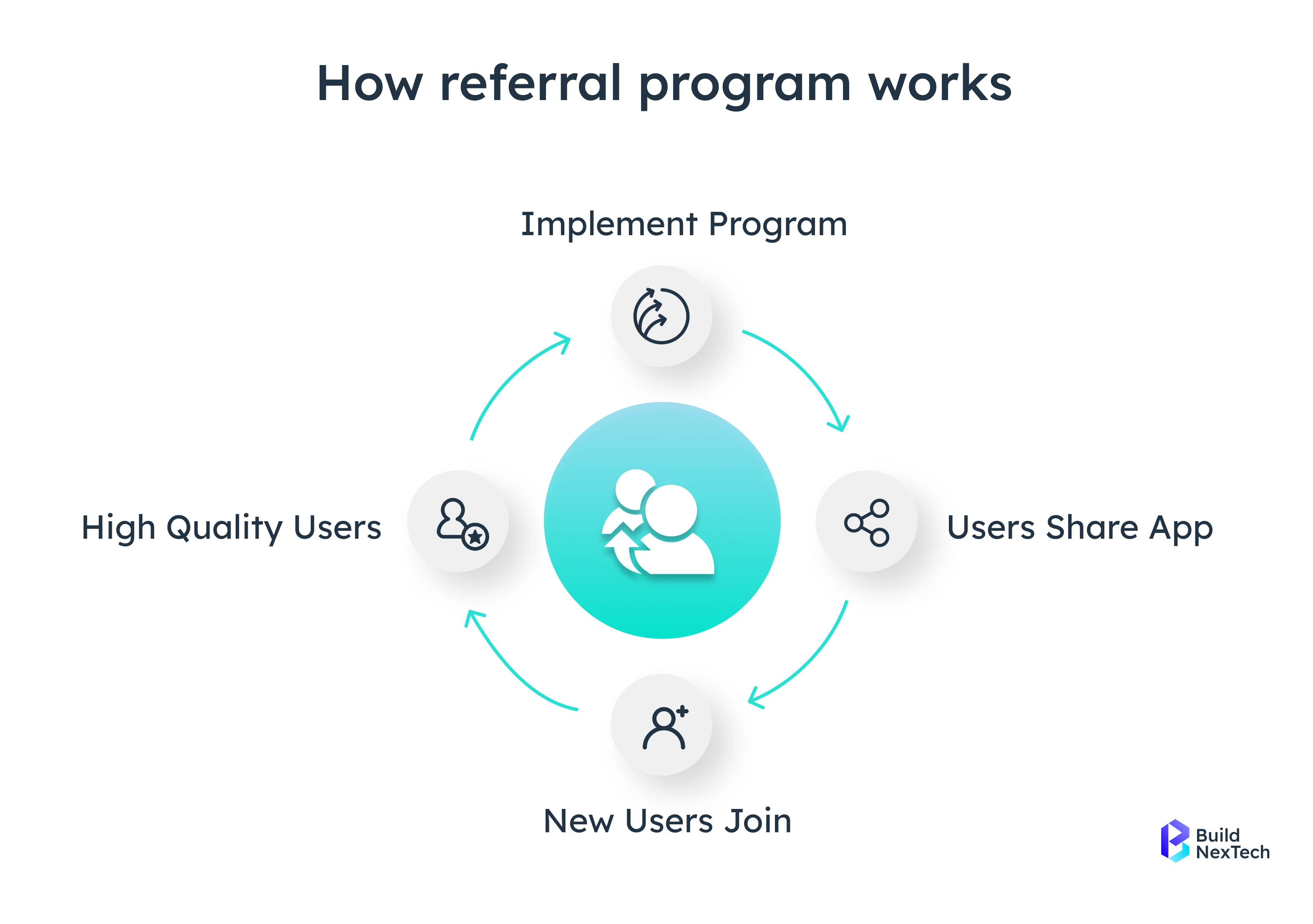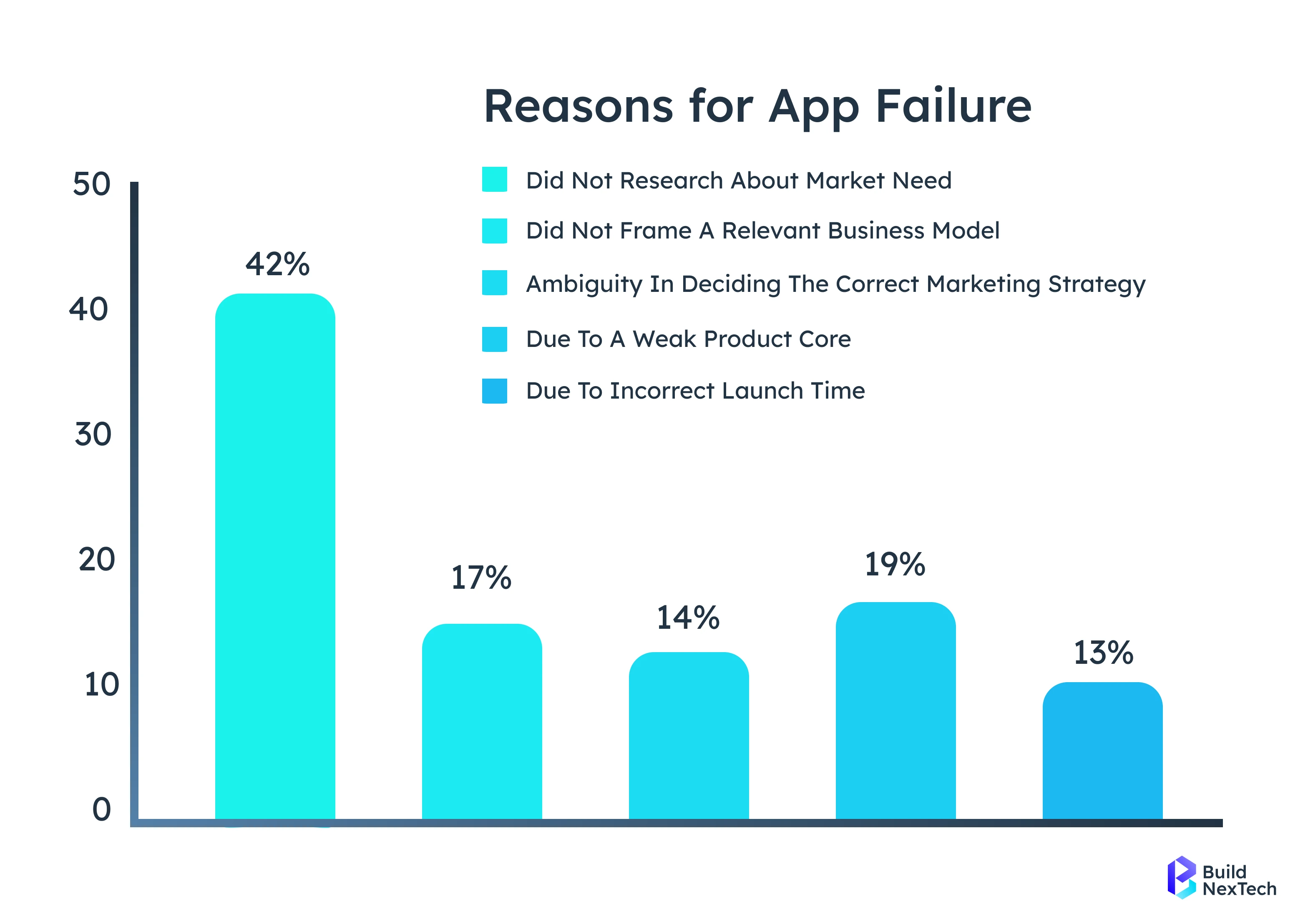The Android app ecosystem in 2025 continues to dominate the global mobile landscape, making it an essential platform for businesses aiming to connect with a wide user base. With advanced frameworks, modern tools, and a thriving developer community, Android app development has become more streamlined and efficient than ever before.
Developers can now build high-performance applications using Kotlin and Java, while tools like Android Studio, Jetpack Compose, and Firebase simplify design, development, and deployment. Whether it’s creating dynamic e-commerce platforms, social apps, or enterprise-level solutions, Android provides the flexibility and scalability needed to meet user demands.
The global mobile app market is projected to exceed $330 billion by 2025, highlighting massive opportunities for businesses investing in Android app development. With technologies such as AI integration, cross-platform frameworks like Flutter, and cloud-connected services, Android apps are evolving to deliver personalized experiences that drive engagement and long-term growth.
✨ Key Insights from this article:
- Understanding Android App Development Services
- Key Features that Drive User Engagement
- Lessons Learned from Failed Android Apps
- Case Studies of Successful Android Applications
Understanding Android App Development Services
What Are Android App Development Services?
Android app developers specialize in building Android applications that are both functional and engaging. These services cover the full spectrum of mobile app development services, from discovery and planning to post-deployment support. Roles such as designers, developers, and project managers work together to ensure intuitive design, smooth app interfaces, and a seamless user experience (UI/UX Design).
Types of Android App Development Services
- Native App Development – Using Android SDKs, Kotlin, and Android Studio, developers create native app development solutions with high performance and optimized app interfaces.
- Custom App Development – Tailored mobile app solutions that align with your app vision and business objectives.
- Maintenance and Support Services – Post-Deployment Support including App Testing, Android App Testing, and continuous updates ensures apps remain compatible with Android OS and evolving mobile app trends.
The Importance of Choosing the Right Development Partner
Selecting the right development agencies ensures that your app strategy translates into success. Expertise in cutting-edge technologies like AI chatbots, Unity XR, Wear OS, and GPS-Enabled Applications, combined with robust Quality Assurance and Testing and quality assurance, impacts customer engagement, app stability, and mobile presence.
Key Features that Drive Engagement
Successful Android apps incorporate several key features to stand out. These features ensure users are engaged, satisfied, and returning. A well-designed app should be intuitive and aesthetically pleasing. Users expect a seamless and enjoyable experience from the moment they download the app.
User-Centric Design Principles:
- UI/UX Design is the backbone of user engagement. Intuitive design, responsive web design, and well-crafted app interfaces ensure user-friendly applications.
- A simple, visually appealing interface encourages longer sessions and higher customer satisfaction.
Performance Optimization:
- Optimized Android applications provide fast load times and smooth functionality, reducing app abandonment.
- Integration with Firebase Gradle, Google Cloud Services, and Google Play Services enables real-time data tracking and better data management.
- High-performance apps enhance user engagement and contribute to revenue growth.
Personalization and Customization:
- Personalized experiences make apps more relevant and engaging for each user.
- Features like AI chatbots, Real-Time Tracking, and tailored dashboards adapt to individual user behavior.
- Mobile app solutions that offer customization drive stronger customer engagement and long-term loyalty.
Advanced Features for Competitive Edge:
- Leveraging cutting-edge technologies such as AI and Machine Learning can automate processes and provide predictive recommendations.
- Voice commands and search functionality enhance accessibility and convenience.
- Gamification boosts interaction through rewards, challenges, and interactive elements.
- Multi-language support and global localization expand reach, ensuring your app appeals to international audiences.
Marketing Your Android App for Maximum Impact
Effective marketing is crucial for maximizing downloads, and long-term customer satisfaction for your Android applications. Here’s a comprehensive approach:

1. Optimize Your App Store Presence (ASO)
App Store Optimization ensures visibility on the Google Play Store and drives organic downloads:
- Keyword-Rich Titles and Descriptions: Include relevant terms naturally to improve search rankings.
- Visual Assets: High-quality screenshots and app preview videos highlight features and intuitive design.
- Ratings and Reviews: Positive user feedback improves trust and credibility. Responding to reviews enhances customer engagement.
- Localization: Translate listings to expand reach globally.
2. Leverage Social Media and Content Marketing
Social media channels and content marketing amplify reach and boost user acquisition:
- Targeted Social Ads: Platforms like TikTok, Instagram, and Facebook enable precise targeting.
- Fact: TikTok’s Dynamic Showcase Ads helped JD.ID boost installs 12× while cutting CPI by 30%, showing how creative social ads can supercharge acquisition.
- Fact: TikTok’s Dynamic Showcase Ads helped JD.ID boost installs 12× while cutting CPI by 30%, showing how creative social ads can supercharge acquisition.
- Influencer Partnerships: Collaborate with creators to build credibility.
- Fact: Calm saw 50% higher ROI through influencer partnerships, underscoring the impact of authentic endorsements on engagement and trust.
- Fact: Calm saw 50% higher ROI through influencer partnerships, underscoring the impact of authentic endorsements on engagement and trust.
- Content Marketing: Blogs, videos, tutorials, and case studies educate users and improve organic visibility.
3. Expand Reach Using Google App Campaigns
- Promote your app across Search, YouTube, Gmail, the Play Store, and Display Network.
- Fact: Google App Campaigns drove 5× more installs and 38% lower CPI for Tesco, proving the power of automated, AI-driven cross-platform reach.
- Fact: Google App Campaigns drove 5× more installs and 38% lower CPI for Tesco, proving the power of automated, AI-driven cross-platform reach.
- Automation handles bids, creatives, and placements for efficient acquisition.
4. Boost Retention and Engagement
- Push Notifications & In-App Messaging: Deliver timely reminders, offers, and tips to keep users active.
- Referral Programs: Encourage users to invite friends, leveraging trust for low-cost acquisition.
- Regular Updates & Improvements: Introduce new features, bug fixes, and performance enhancements to maintain engagement.

By combining ASO, targeted campaigns, influencer collaborations, and continuous post-launch support, your Android app can achieve higher downloads and sustained revenue growth.
Case Studies of Successful Android Apps
Leading apps like WhatsApp and Uber demonstrate how intuitive design, native app development, and AI integration drive significant user engagement and revenue growth. Their success highlights the importance of investing in UI/UX Design, Android SDKs, and continuous Post-Deployment Support to maintain high customer satisfaction.
Small Business Success Stories
Small and medium enterprises leveraging Android App Development Services have achieved remarkable results:
- FitTracker (Healthcare) – Personalized fitness app led to a 45% increase in user engagement within six months. Advanced analytics allowed for tailored features aligned with individual health goals, improving user retention.
- ShopSmart (Retail) – A location-based shopping app with augmented reality enhanced the in-store experience, driving a 30% growth in in-store sales.
- Globex Corporation (Finance) – Mobile banking platform reduced customer service calls by 50% through real-time transaction updates and AI chatbots, boosting customer satisfaction.
- LearnNow (Education) – Mobile-friendly learning app increased course enrollments by 60%, with push notifications and gamification improving user engagement and course completion rates by 25%.
- WanderMore (Travel) – Trip planning application cut booking time by 40%, with intuitive design and integrated travel guides improving overall user experience.
- FoodieApp (Food Delivery) – Incorporation of loyalty programs and personalized recommendations increased the user base by 70% in one year. Data management guided feature development to match user preferences.
- HelpChange (Non-Profit) – Volunteer coordination app boosted sign-ups by 80%, offering seamless communication and scheduling tools that enhanced customer engagement.
- AutoTrack (Automotive) – Fleet management tool improved operational efficiency by 35% with real-time tracking and GPS-enabled applications, reducing costs.
- HealthMonitor (Healthcare) – Chronic illness management app improved patient adherence to treatment protocols by 50%, with push notifications, reminders, and educational resources enhancing user experience.
Lessons Learned from Failed Android Apps
Analyzing app failures offers valuable insights for Android app developers and businesses looking to improve customer satisfaction, and app strategy. Below are key examples of failed apps and lessons drawn from them:

Case Study Insights
The Rise and Fall of Color
- Market Fit & User Experience: Despite $41M in funding, Color failed due to misaligned expectations and a cumbersome UI/UX Design.
- Key Lessons: Validate your app vision through market research, simplify app interfaces, and optimize onboarding strategies for better user engagement.
Why Google Wave Never Took Off
- Complex Features & Poor Targeting: Excessive functionality overwhelmed users. Only 15% found it appealing.
- Key Lessons: Focus on user-centric design, simplify features, target the correct audience, and integrate seamlessly with existing tools like Google Play Services.
The Downfall of Apple News
- Navigation & Content Limitations: 60% of users found navigation confusing; content variety was limited.
- Key Lessons: Personalize content with AI chatbots and analytics, improve app interfaces, implement robust post-launch support, and optimize performance to reduce crashes.
By learning fm these failures, Android app developers can avoid common pitfalls, prioritize user feedback, leverage cutting-edge technologies like Unity XR, Wear OS, and Kotlin Multiplatform, and ensure future-proof development for Android Mobile App Development projects.
Conclusion
Investing in quality Android app development services ensures superior user engagement, customer satisfaction, and consistent revenue growth. From discovery and planning to post-launch support, leveraging cutting-edge technologies like AI chatbots, Kotlin Multiplatform, and Unity XR guarantees scalable and future-proof development.
Businesses aiming to strengthen their mobile presence and maximize customer engagement should collaborate with expert developers who understand both innovation and user experience. An optimized app strategy—backed by Quality Assurance, App Testing, and real-time analytics—ensures your Android applications remain competitive and intuitive in a fast-evolving market.
For the best app development services that drive growth and innovation, follow BNXT.AI — your trusted partner in building intelligent, user-centric mobile solutions.
People Also Ask
Can you integrate AI and machine learning into Android apps?
Yes, AI and ML can be integrated to personalize content, enable predictive analytics, voice recognition, image detection, and chatbot functionality. These intelligent features significantly enhance decision-making.
How long does it take to develop an Android app?
The timeline depends on complexity and features. A simple app may take 4–8 weeks, while complex apps with backend integration and AI features may require 3–6 months. Proper planning, design, and testing ensure on-time delivery.
Do you offer maintenance and post-launch support for Android apps?
Absolutely. Post-launch services include regular updates, performance monitoring, bug fixes, feature enhancements, and compatibility checks with new Android OS versions to ensure smooth functioning.
How do you ensure your Android apps stand out in the Play Store?
By combining user-centric design, performance optimization, and effective ASO (App Store Optimization) strategies. We also analyze user feedback, update frequently, and use analytics to refine app features for better visibility and ratings.


























.webp)
.webp)
.webp)

